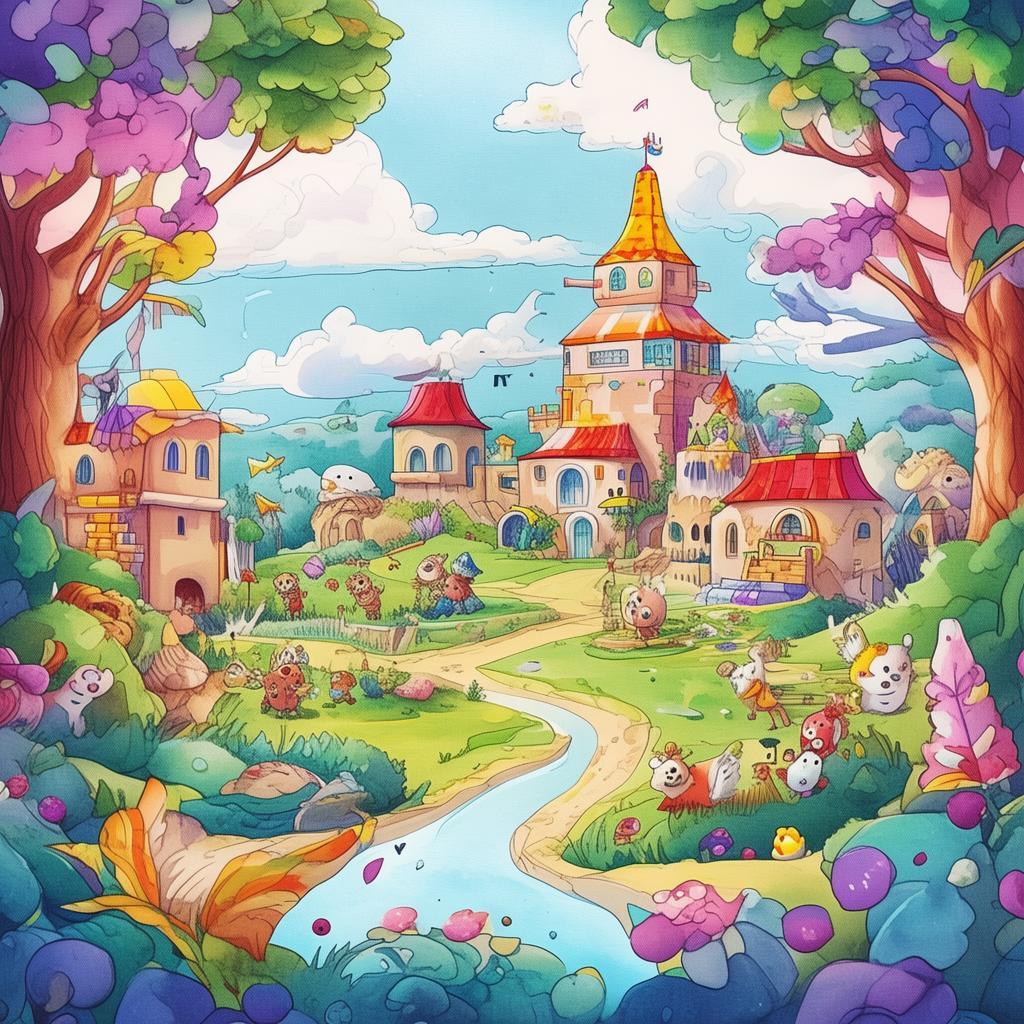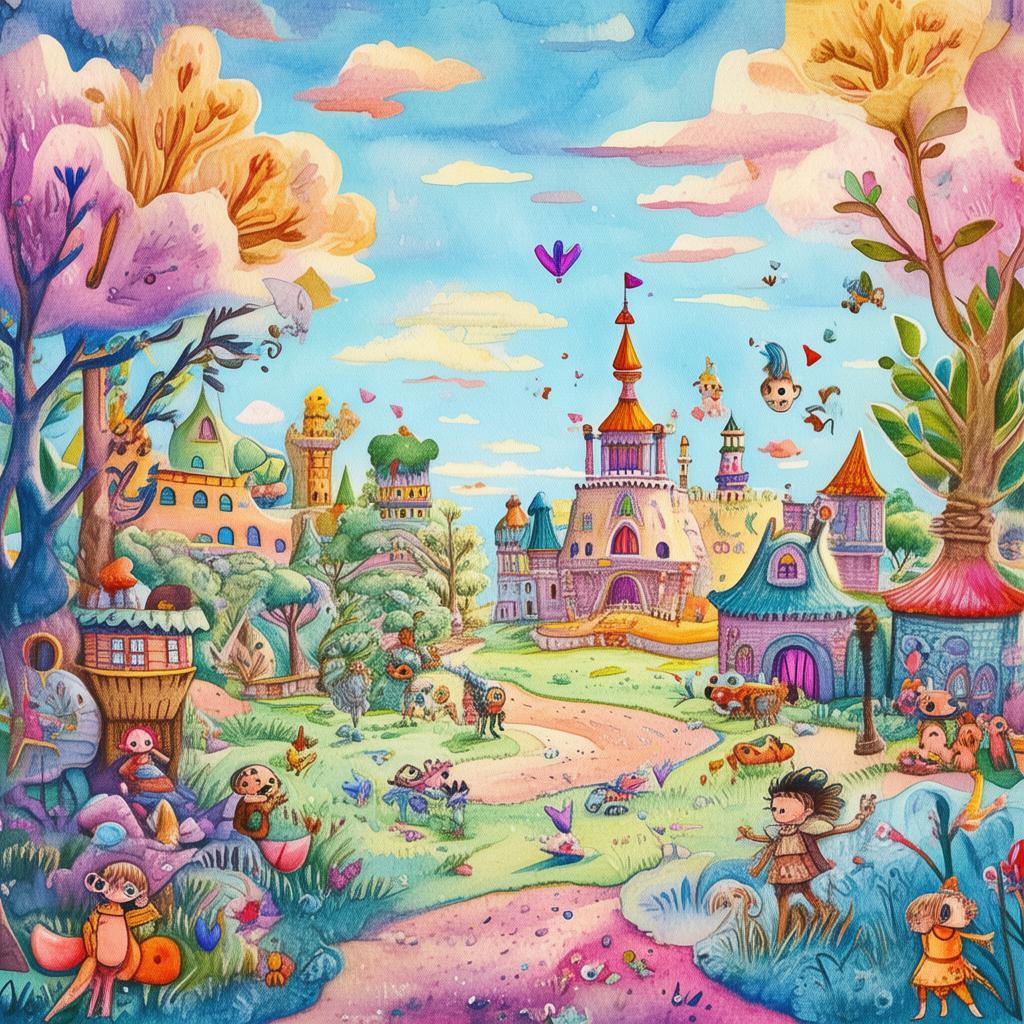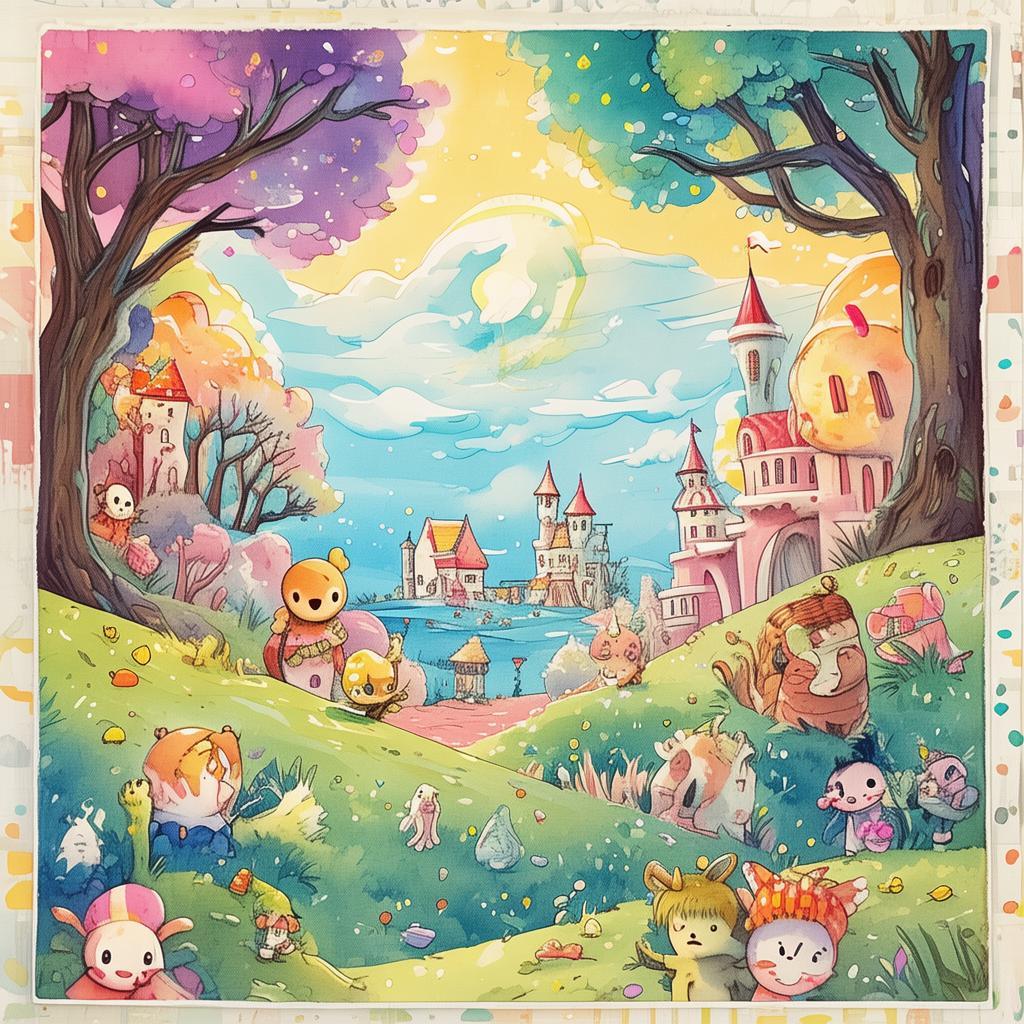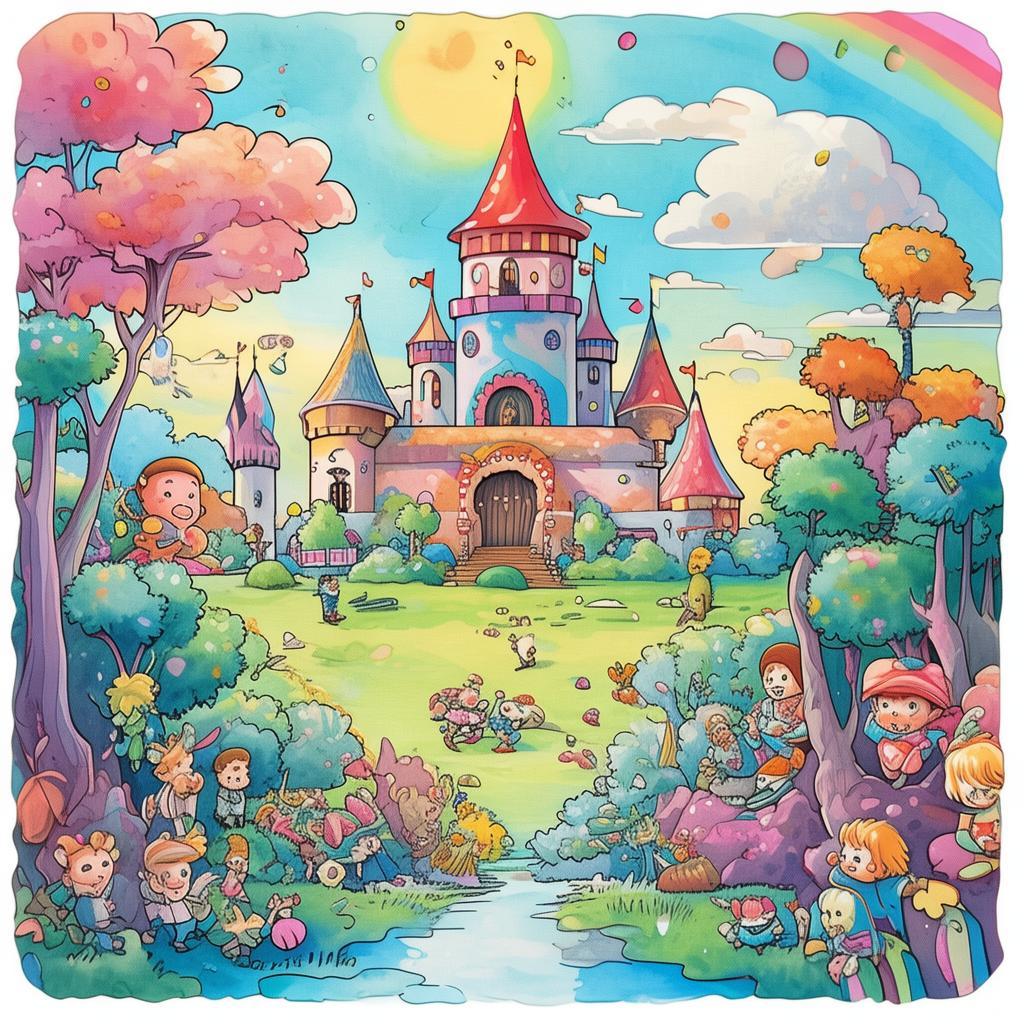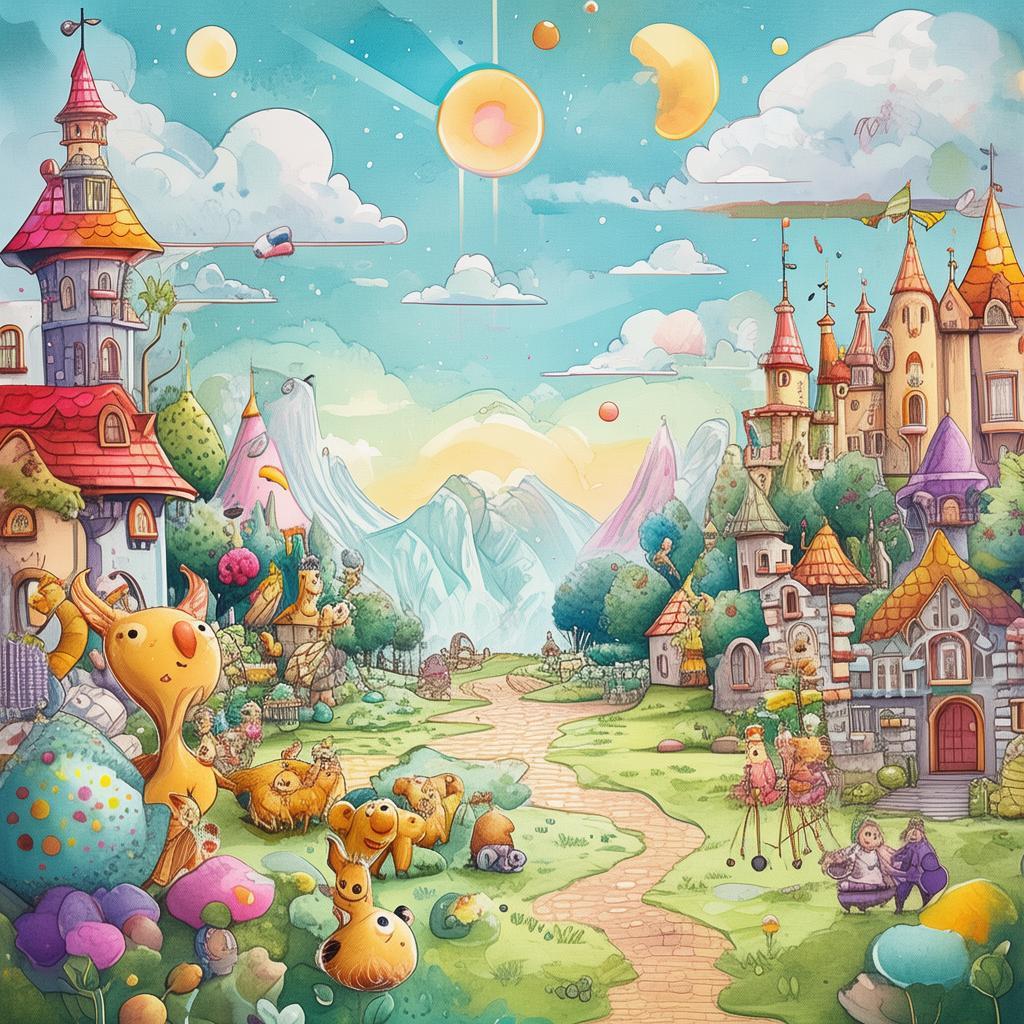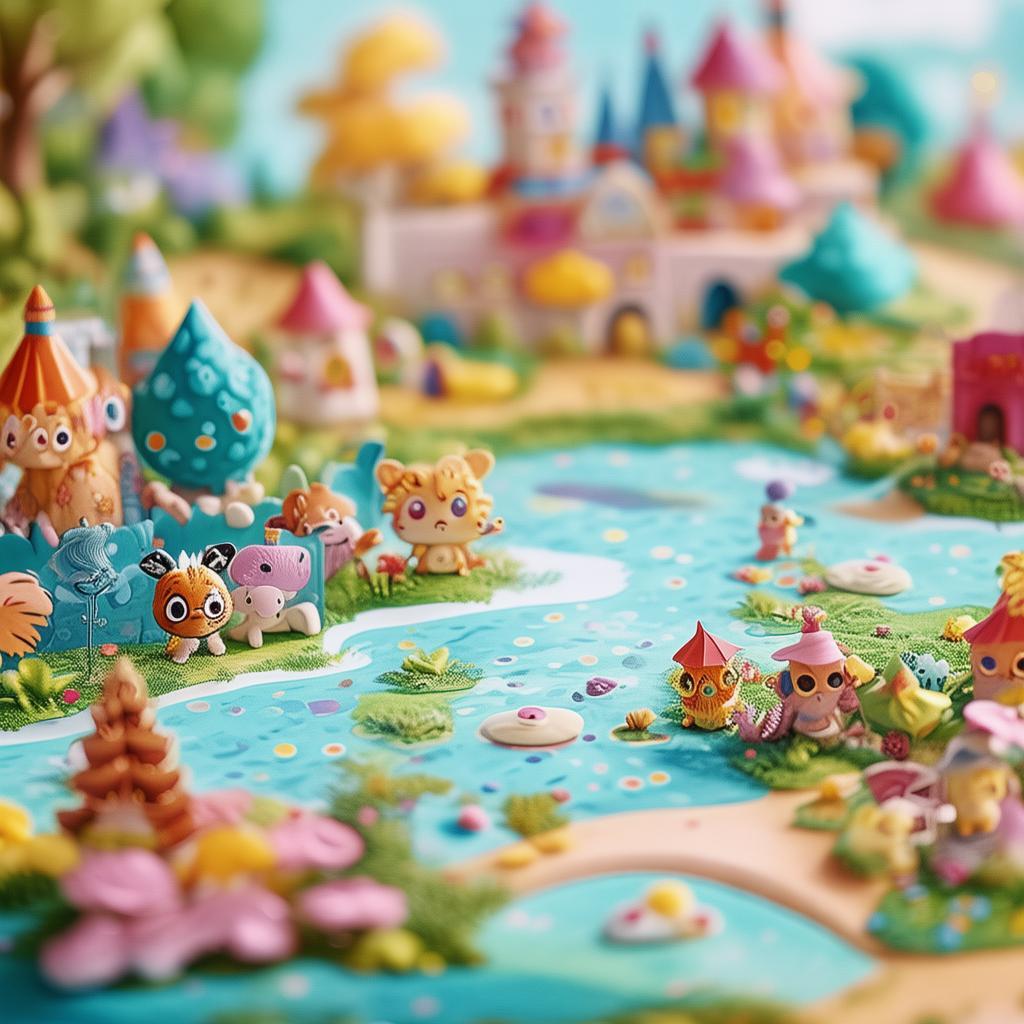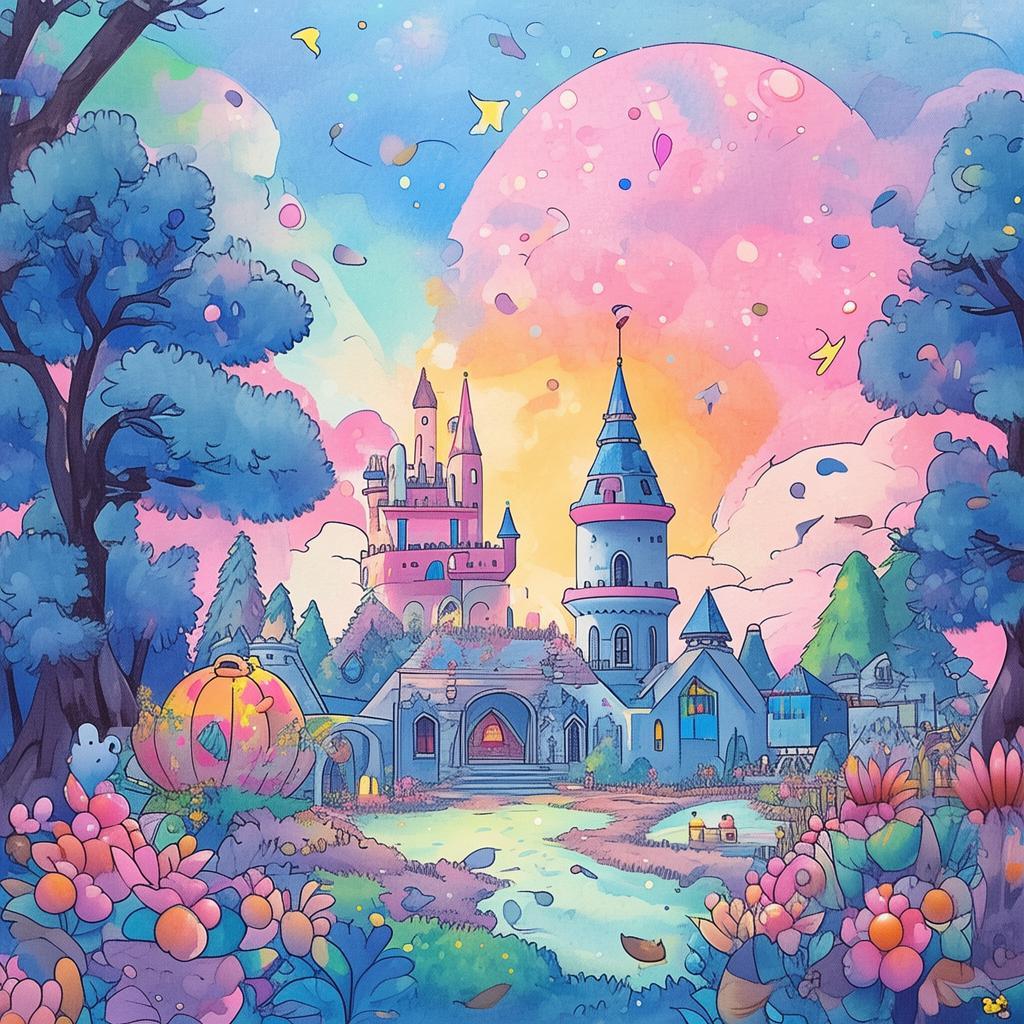The Boy Who Stirred the Dust of Famine
The sun hung low in the sky, casting long shadows over the desolate landscape. The village of Lirin was a ghost town, its inhabitants driven away by the relentless hunger that had gripped the land. Among the ruins, a small boy named Kian wandered, his eyes scanning the barren earth for any sign of life or sustenance.
Kian was eight years old, with a face marked by the harsh realities of survival. His clothes were tattered, and his stomach hollowed by the lack of food. Yet, in the eyes of this young boy, there was a spark of determination that belied his age and circumstances.
One day, as Kian was searching the remains of a fallen tree, he noticed a glint of metal peeking out from beneath the ground. With a trembling hand, he unearthed an old, rusted can. His heart raced with excitement; perhaps this was the answer to their village's plight.
Kian took the can back to the village, where he shared his discovery with the few remaining villagers. They gathered around, their eyes wide with hope and fear. The can was filled with a dusty, powdery substance that seemed to have no discernible smell or taste. But it was all they had.
Kian's father, a man of few words but great strength, took the can and began to stir the dust with a stick. As he moved the stick, a cloud of fine particles rose into the air, and the villagers watched in awe as the dust began to take shape. It was as if the very essence of the earth was being stirred, awakening something deep within the soil.
Days turned into weeks, and the villagers worked tirelessly, turning the dust into a paste that could be spread across the barren fields. Kian, with his small hands, was instrumental in the process, his labor a testament to his unwavering spirit.
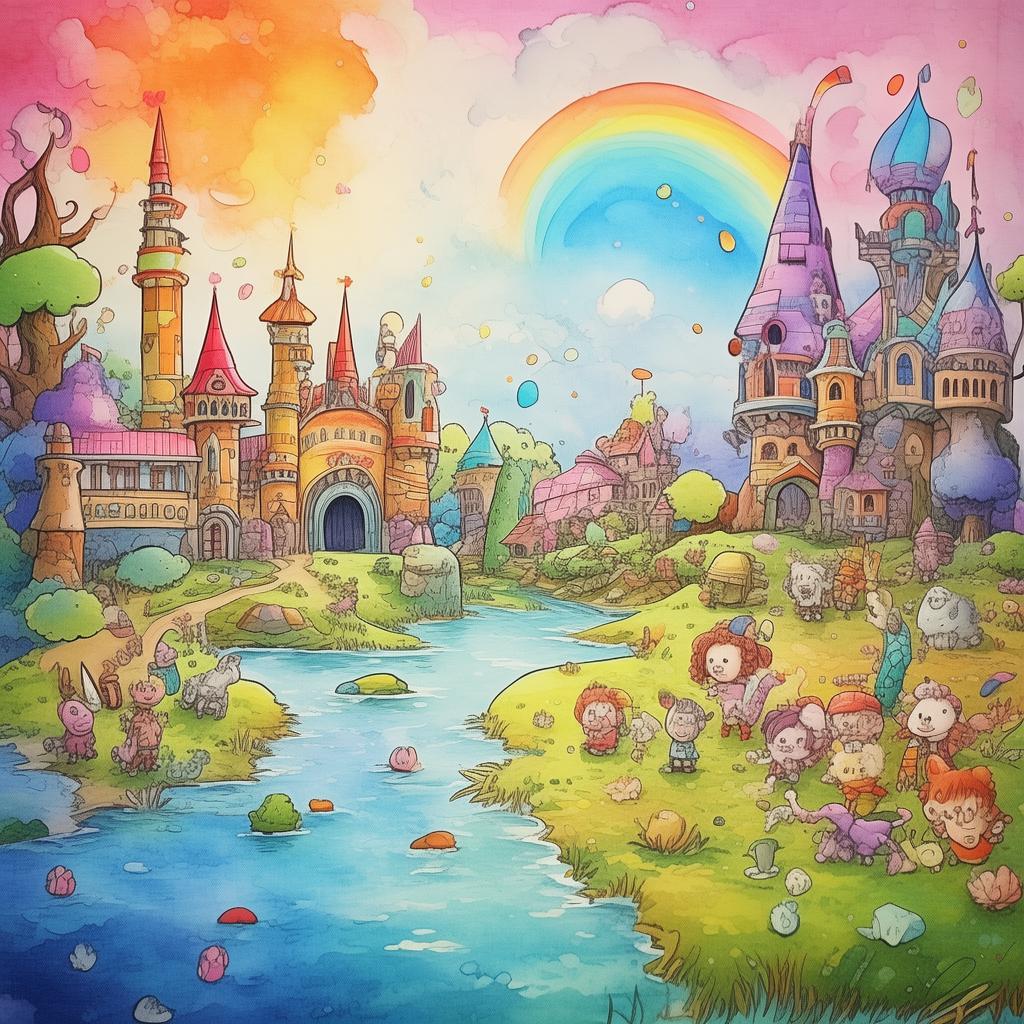
As the paste dried, the villagers noticed that the soil was beginning to change. The once lifeless ground was now sprouting green shoots, the first signs of life in months. The villagers worked day and night, planting seeds and nurturing the new growth.
Kian, though weary, continued to work with the same fervor. He had become the symbol of hope for the village, his actions inspiring others to believe that life could return to their once-thriving community.
One evening, as the sun dipped below the horizon, casting a golden glow over the fields, Kian stood at the edge of the new crops. He watched as the villagers gathered around, their faces alight with a mixture of awe and gratitude.
"Kian," his father's voice called out, "you have stirred the dust of famine, and from this, life has returned."
Kian looked up, his eyes reflecting the same hope that had taken root in the soil. "I did what I had to do," he said softly. "But it was all of us who made it happen."
As the first harvest approached, the village of Lirin began to rebuild. The villagers worked together, their spirits lifted by the promise of a future. Kian, though still young, had become a leader, a beacon of hope in a world that had seemed lost.
The Boy Who Stirred the Dust of Famine is a story of resilience, of the power of hope, and of the courage it takes to face the darkest of times. It is a testament to the belief that even in the face of overwhelming adversity, life can find a way to flourish.
✨ Original Statement ✨
All articles published on this website (including but not limited to text, images, videos, and other content) are original or authorized for reposting and are protected by relevant laws. Without the explicit written permission of this website, no individual or organization may copy, modify, repost, or use the content for commercial purposes.
If you need to quote or cooperate, please contact this site for authorization. We reserve the right to pursue legal responsibility for any unauthorized use.
Hereby declared.
